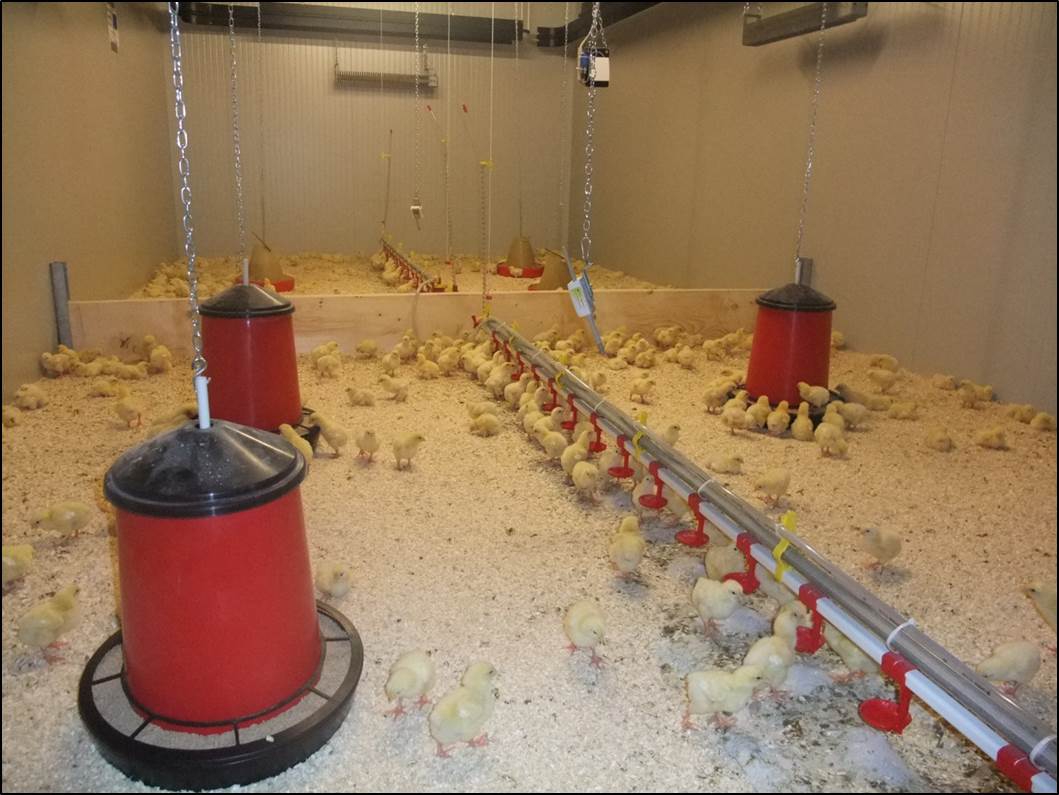In order to meet the growing desire to replace the overseas protein that has been used on a large scale to date, the poultry industry needs reliable knowledge in advance about the effects of the protein replacement components used; The investigations into feed additives to reduce emissions are also of great interest.
In the current project, potential influences on fattening performance (daily gain, final fattening weight, feed conversion), on the release of harmful gases (ammonia and carbon dioxide) and on the release of odors in poultry farming are examined. In addition, analyzes of the feed used and – at the end of the fattening cycles – faecal samples taken are carried out. Under no circumstances is the aim to find a suitable “soy substitute” or a feed additive with a view to maintaining fattening performance, but which in return leads to an increase in odor and/or ammonia emissions.
The general aim of this project is to provide secure data material before implementation in the Austrian poultry industry. It is not possible to carry out experiments directly in practice with the questions to be investigated - or if there were any negative effects of the feed components used, the economic risk for a farmer would be too great (due to the high number of animals kept).







